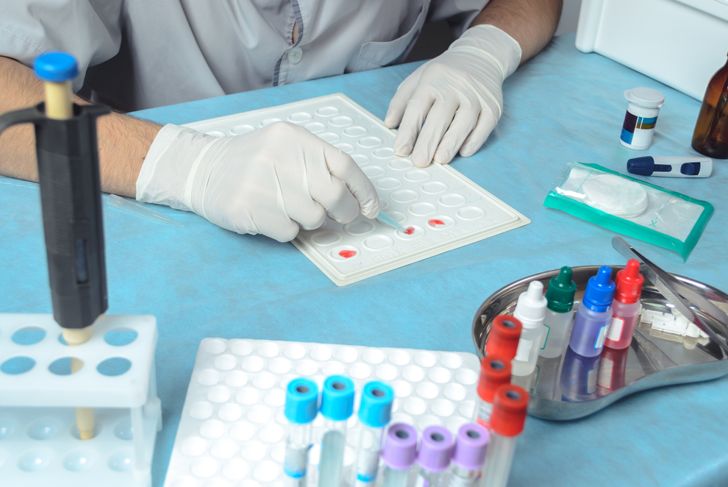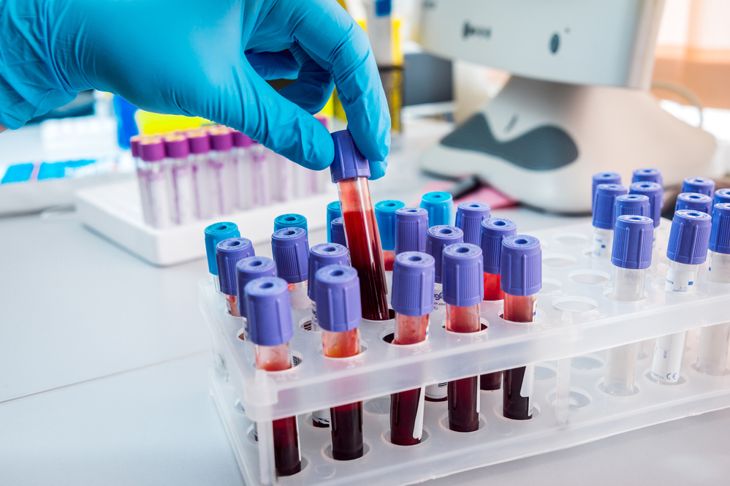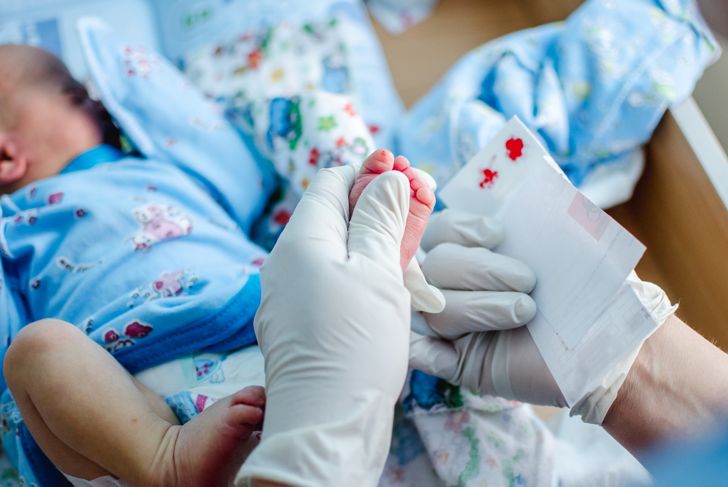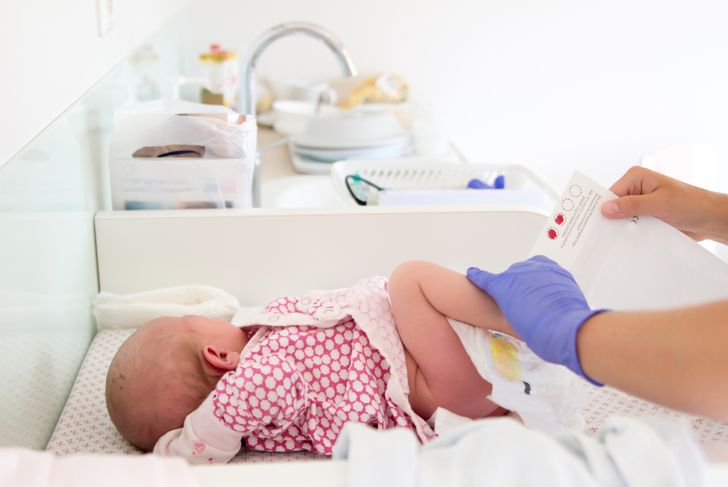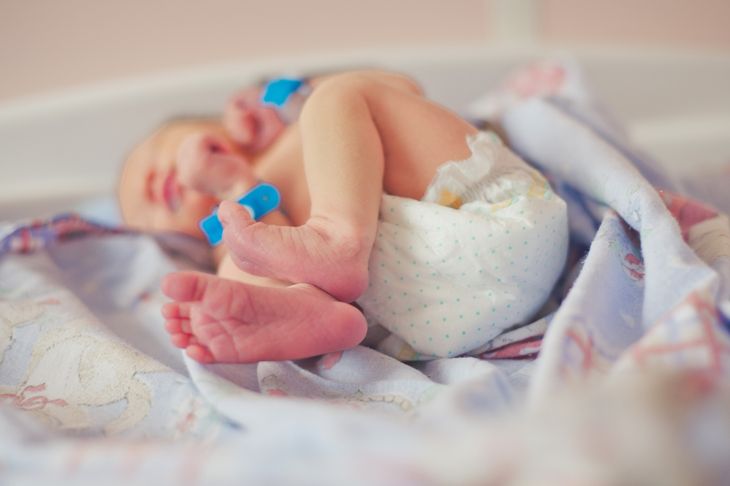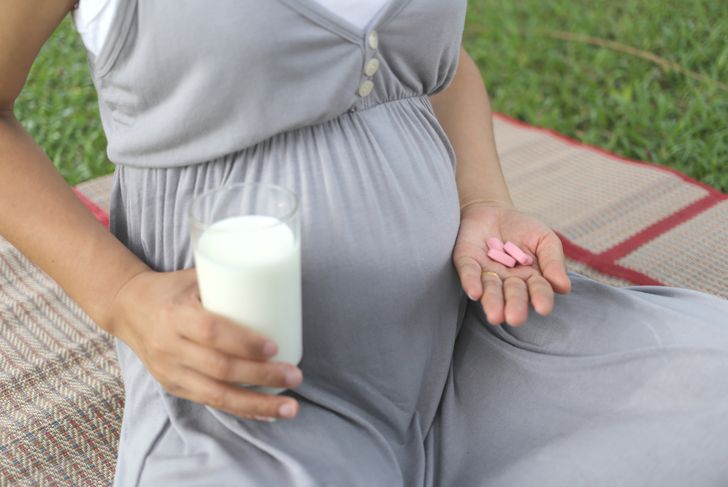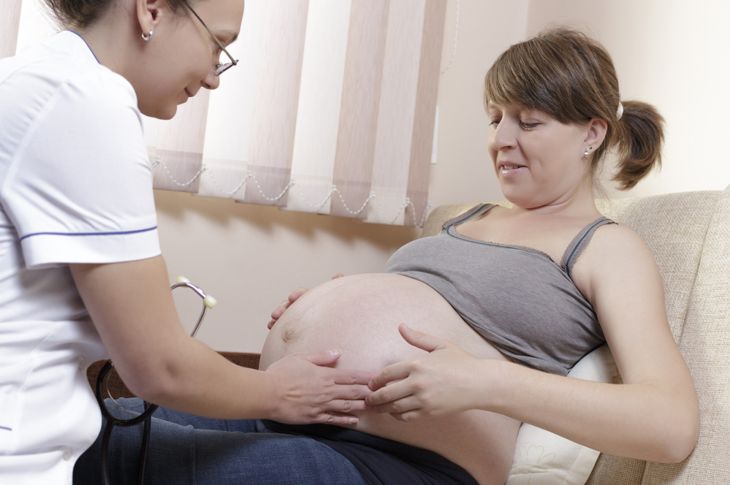Sometimes a pregnant mother and her unborn baby have different Rh factors. This means that they have Rh incompatibility. It happens when the Rh protein factors vary. When the mother is Rh-negative, and her unborn baby is Rh-positive, it poses a problem. Rh incompatibility is actually a medical condition that occurs throughout a woman’s pregnancy. A woman’s blood type may not have an Rh factor, and her baby’s blood type does, so incompatibility occurs. Just like a person’s blood type, a person inherits their Rh factor from their parents. Most people have the positive Rh factor, but there are a few people who are Rh-negative. When you’re Rh negative, it means you don’t have the Rh protein.
Rh-blood test during the first prenatal visit
During a woman’s very first prenatal visit, she may have to take an Rh-blood test. The doctor would recommend this in order to check if the woman is Rh-positive or Rh-negative. If the woman has an Rh-negative blood type, the doctor may request to test the father’s blood too. If the father is also Rh-negative, then there’s no issue. However, if the father has an Rh-positive blood type, it may be an issue. There’s a higher chance that the baby has this blood type too. In this case, there are different screening tests a doctor may perform. The doctor needs to perform these tests to check if the mother and baby are at risk for Rh incompatibility.
Point of care blood test
The point of care blood test is the very first test doctors usually perform. They use it to diagnose if there is an Rh incompatibility. This test is a simple type of medical diagnostic testing. Because they’re so simple, the doctor may do the test right at the mother’s bedside. With this test, the doctor may determine if the condition exists. However, this isn’t the only test doctors may use to diagnose the condition.
Other kinds of tests
To diagnose the condition, a doctor may perform different kinds of tests. One of which is the Kleihauer-Betke test. A doctor does this test to take a quantitative measurement of the red blood cells in a newborn baby’s blood. He does this test to check if there’s a risk for Rh incompatibility. Another test that a doctor may perform is the Rosete screening test. The doctor will use this to detect if there is any alloimmunization present. This usually occurs when there is a fetomaternal hemorrhage.
Coombs test
One of the most common methods doctors use to diagnose Rh compatibility is a Coombs test. The results of the such a test would indicate whether the condition exists or not. With this test, the doctor would take a blood sample. He then checks if there are any antibodies attached to your red blood cells’ surface. The doctor may discover bilirubin levels that are higher than normal in an infant’s blood. This may be a risk factor for Rh incompatibility. The doctor also checks if there are any signs of the destruction of the infant’s red blood cells. This would serve as a symptom of Rh incompatibility.
Diagnosis for infants and fetuses
The very first way to diagnose Rh incompatibility in newborns is to take a blood sample. Then the doctor would check the platelet and hemoglobin levels of the newborn’s blood. A doctor performs a test on the fetus to confirm if there is immune-mediated hemolytic anemia. The doctor may do this through a direct combs test. Either that or the doctor performs amniocentesis to examine the status of the fetus.
Antenatal treatment
There are a few different ways to treat Rh incompatibility in order to keep the mother and the baby safe. In antenatal treatment, the doctor uses ultrasound and Doppler. He uses these to check for any signs of anemia in the fetus. The doctor will examine the fetus to detect if there is hydrops fetalis. The doctor would also perform a quantitative analysis of the mother’s anti-RHD antibodies. If the doctor finds anything, he may perform intrauterine blood transfusions. Otherwise, the doctor may also recommend an early delivery of the baby. After 36 weeks of gestation, the doctor might ask the mother if she’s willing to give birth to her baby. This is for both their safety.
Treatment for the fetus
After the diagnosis, the doctor may discover that the fetus suffers from anemia. In this case, the fetus will receive a blood transfusion while still in the womb. A specialist would perform the transfusion. He would do this at a hospital or center which focuses on high-risk pregnancies. The specialist would give the transfusion through one of the veins of the umbilical cord. The transfusions would continue until the fetus reaches a certain maturity. Once the fetus is mature enough, the doctor may deliver the baby safely. However, even after birth, the baby may still require additional transfusions. But this doesn’t apply to all babies with the condition.
Treating mild to moderate cases
There exist mild or moderate cases of Rh incompatibility. In these cases, the treatment would focus on inhibiting the effects of the condition. When the case is mild, the baby may receive treatment after birth. Treatment would include the administration of hydrating fluids or electrolytes. The baby may also receive blood transfusions on different occasions. The doctor may detect hemolytic anemia along with the condition. In this situation, there are other treatments. In mild and moderate cases, the doctor may perform phototherapy. In this treatment, the doctor exposes the baby to special lights. The lights lower the blood’s bilirubin levels. Either that or the baby may receive medicines and supplements. They would help his body produce red blood cells.
Treating severe cases
There are some cases though when the hemolytic anemia is already severe. In this case, the doctor would recommend a blood transfusion for the baby. If the baby can survive a preterm birth, the doctor may induce labor. Then, he would administer the blood transfusion once the baby comes out. In the process, the newborn baby’s blood gets replaced with new, healthy blood. However, there are also very serious and uncommon cases. As such, the doctor gives the blood transfusions while the baby is still in the mother’s womb. However, this procedure is very risky and is usually done only as a last resort.
Postnatal treatment
If a woman suffers from Rh incompatibility, she needs to get immune-globulin shots. She gets the first shot in her 28th week. Then she gets the second shot within 72 hours after she gives birth in order to treat the condition. Doctors recommend this for women who have a high risk of having the condition in the future. Also, doctors recommend this treatment during the first pregnancy to avoid recurrence.

 Home
Home Health
Health Diet & Nutrition
Diet & Nutrition Living Well
Living Well More
More